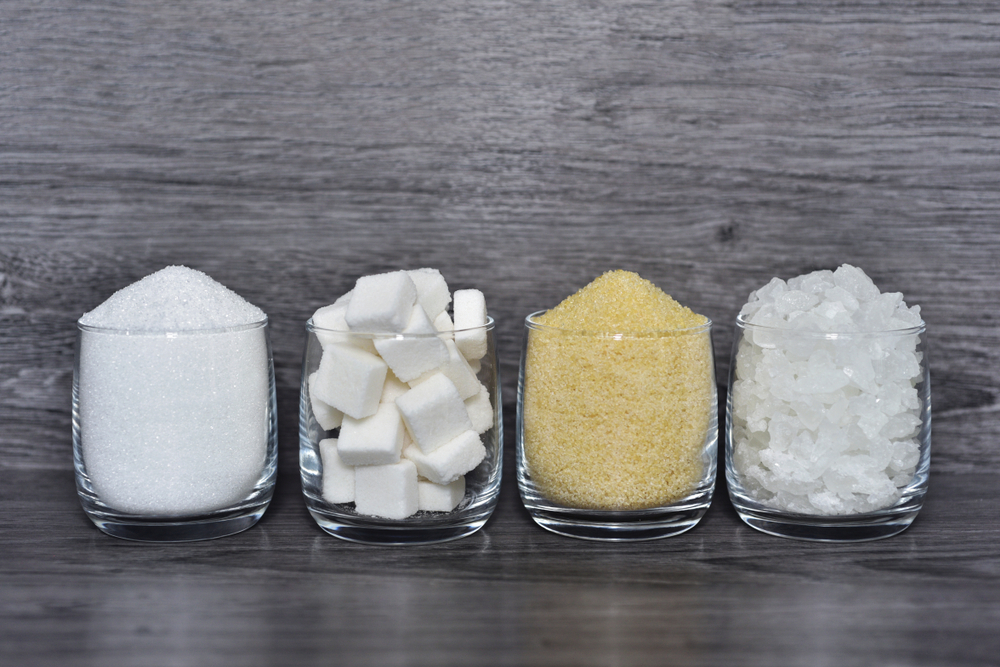What does it say, why does it matter, and who’s mad about it?

The USDA’s Dietary Guidelines for Americans are a vital tool in creating legislation and rules for multiple huge governmental programs, and are updated every five years. The most decisive factor in figuring out what goes into them is the report from the Dietary Guidelines Advisory Committee, which was just released Wednesday. So what does it say?
It’s worth noting up front that Congress will not necessarily, and does not have to, follow the recommendations of the Advisory Committee. In fact, they have a history of doing exactly that; food and agriculture is a huge industry with significant sway in Congress, and lobbying groups go hard on the guidelines, trying to get their products to be a larger part. Recommendations for eating less meat and incorporating sustainability into the guidelines, made in the 2015 report, were politicized and removed by Congress, according to sources in a Washington Post story.
But this report is still incredibly influential, a months-long project from 20 of the country’s top dietary scientists. At least theoretically; this year, according to the New York Times, more than half of them have ties to the food industry, and questions about reducing red meat and salt were simply omitted, meaning that the Advisory Committee was not asked to investigate them.
All that said, there are no huge changes in this year’s report, compared with 2015. The amount of daily energy that Americans should get from added sugar was reduced from 10 percent (in the 2015 report) to six percent (this year), though the Advisory Committee notes that only around a third of Americans even hit that ten percent mark.
There’s also a new section for children under two years old, which suggests no added sugars at all, and suggested emphasizing potassium-rich fruits and vegetables. (Those include leafy greens, beans and pulses, stone fruits, and, yes, bananas.)
Otherwise, there’s not all that much new about the 2020 report, which has angered a whole lot of people. The dairy industry is mad that the report still recommends reduced-fat dairy, though to be fair, there remains an awful lot of dairy in these recommendations considering that the majority of non-white Americans (including Black, Native, and Asian-Americans) are lactose-intolerant. Nina Teicholz, a writer and the executive director of the Nutrition Coalition, is mad once again that the guidelines do not emphasize or approve of high-fat, low-carb diets. (The Nutrition Coalition, a nonprofit, is a very vocal proponent of this type of diet.)
Corporate Accountability, another nonprofit, is mad because of all those ties some of the Advisory Council has to food industry and agribusiness; some of those scientists working on the recommendations for lactating women and young children had previously worked for (or conducted studies funded by) Danone (branded as Dannon in the US) and Gerber.
Despite all of this, these findings, and the eventual 2020-2025 Dietary Guidelines that will presumably be informed by them, are important enough for everyone to get worked up about. They dictate the National School Lunch Program, which provides nearly 30 million American kids per day with free or low-cost meals. They dictate what SNAP can be used for, and SNAP is used by around 35 to 40 million Americans in a given month. That number is rising dramatically as people lose their incomes due to the COVID-19 pandemic.
Now the USDA and the Department of Health and Human Services will collaborate on the final 2020 Dietary Guidelines for Americans. We’ll keep you updated on how that turns out.
so , again , don’t believe the reports. believe what customers ASK FOR , NOT what is recommended by ” friends” in the industry, with ties to the ” recommended” group , HOW bogus , and adulterated ! shame on the USDA ! shame !